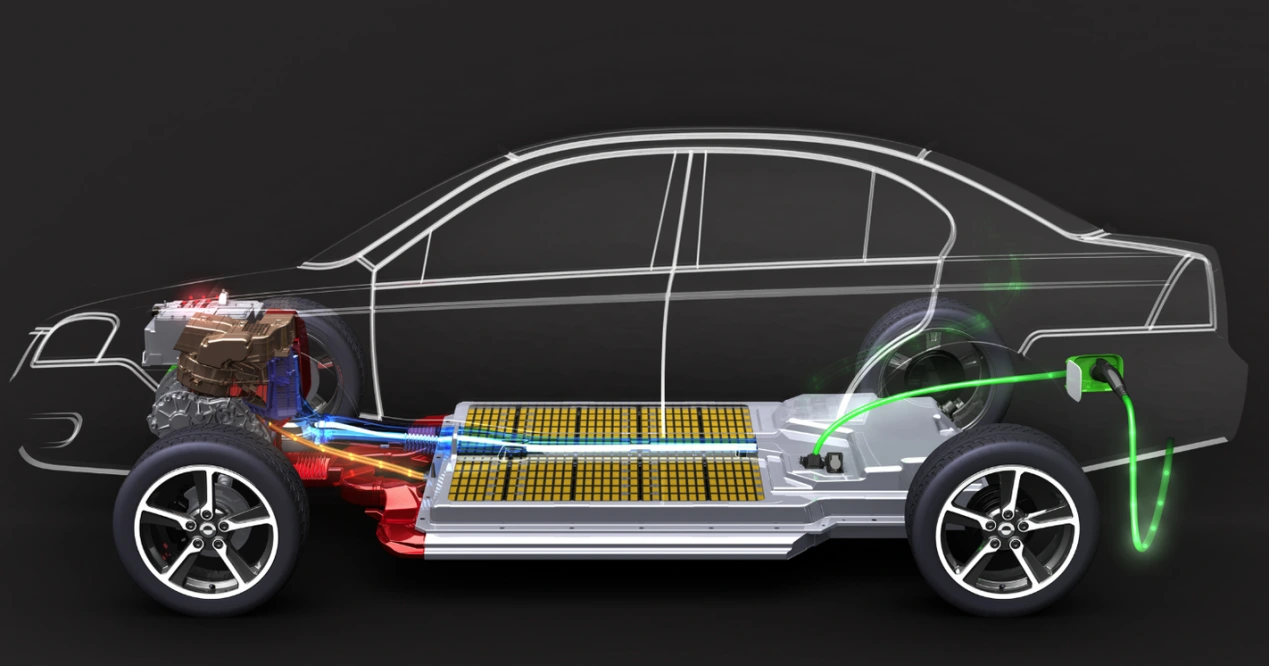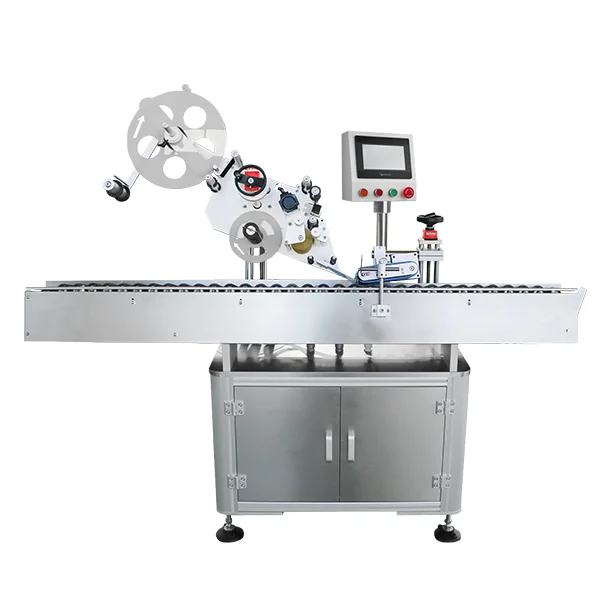In the realm of automotive engineering, the quest for enhanced performance and efficiency has led to the development of various technologies, one of which is the turbo controller. As vehicles evolve to meet stringent emissions standards and consumer demands for power, understanding the function and significance of turbo controllers becomes paramount. This article delves deep into what turbo controllers do, their operational mechanisms, and their impact on vehicle performance.
Understanding Turbocharging
Before we explore the role of turbo controllers, it is essential to grasp the concept of turbocharging itself. A turbocharger is a forced induction system that compresses the intake air, allowing more air and fuel to enter the engine. This results in increased power output without significantly increasing engine size. However, the efficiency of a turbocharger is heavily reliant on precise control, which is where turbo controllers come into play.
What is a Turbo Controller?
A turbo controller is an electronic device that manages the operation of a turbocharger. It regulates various parameters such as boost pressure, wastegate position, and turbo speed, ensuring optimal performance under varying driving conditions. By intelligently adjusting these parameters, turbo controllers help maintain the balance between power and efficiency, ultimately enhancing the driving experience.
Key Functions of Turbo Controllers
- Boost Pressure Regulation: One of the primary functions of a turbo controller is to regulate boost pressure. By controlling the wastegate, which is responsible for diverting exhaust gases away from the turbocharger, the controller can modulate the amount of boost produced. This ensures that the engine receives the right amount of air for combustion, preventing overboost conditions that could lead to engine damage.
- Dynamic Adjustment: Turbo controllers are equipped with advanced algorithms that allow for real-time adjustments based on driving conditions. For instance, during acceleration, the controller can increase boost pressure to provide a surge of power, while during cruising, it can reduce boost to enhance fuel efficiency. This dynamic adjustment is crucial for modern vehicles that prioritize both performance and economy.
- Temperature Management: Turbochargers generate significant heat during operation, which can affect performance and longevity. Turbo controllers monitor the temperature of the turbocharger and adjust boost levels accordingly to prevent overheating. This not only protects the turbocharger but also ensures consistent performance across various driving scenarios.
- Integration with Engine Management Systems: Modern turbo controllers are often integrated with the vehicle's Engine Control Unit (ECU). This integration allows for seamless communication between the turbocharger and other engine components, enabling more sophisticated control strategies. For example, the ECU can adjust fuel injection and ignition timing in conjunction with boost levels to optimize overall engine performance.
The Impact of Turbo Controllers on Performance
The implementation of turbo controllers has revolutionized the way vehicles deliver power. By providing precise control over boost levels, these devices enable smaller engines to produce power levels comparable to larger, naturally aspirated engines. This not only enhances performance but also contributes to improved fuel efficiency and reduced emissions.
Moreover, turbo controllers facilitate the tuning of vehicles for specific performance characteristics. Enthusiasts can modify their turbo controllers to achieve higher boost levels for racing applications or optimize settings for daily driving comfort. This versatility makes turbo controllers an essential tool for both manufacturers and aftermarket tuners.
Conclusion
In conclusion, turbo controllers play a pivotal role in modern automotive engineering by enhancing the performance and efficiency of turbocharged engines. Through precise regulation of boost pressure, dynamic adjustments based on driving conditions, and integration with engine management systems, these devices ensure that vehicles can deliver power when needed while maintaining fuel efficiency. As the automotive industry continues to evolve, the importance of turbo controllers will only grow, making them a key component in the pursuit of performance and sustainability.



